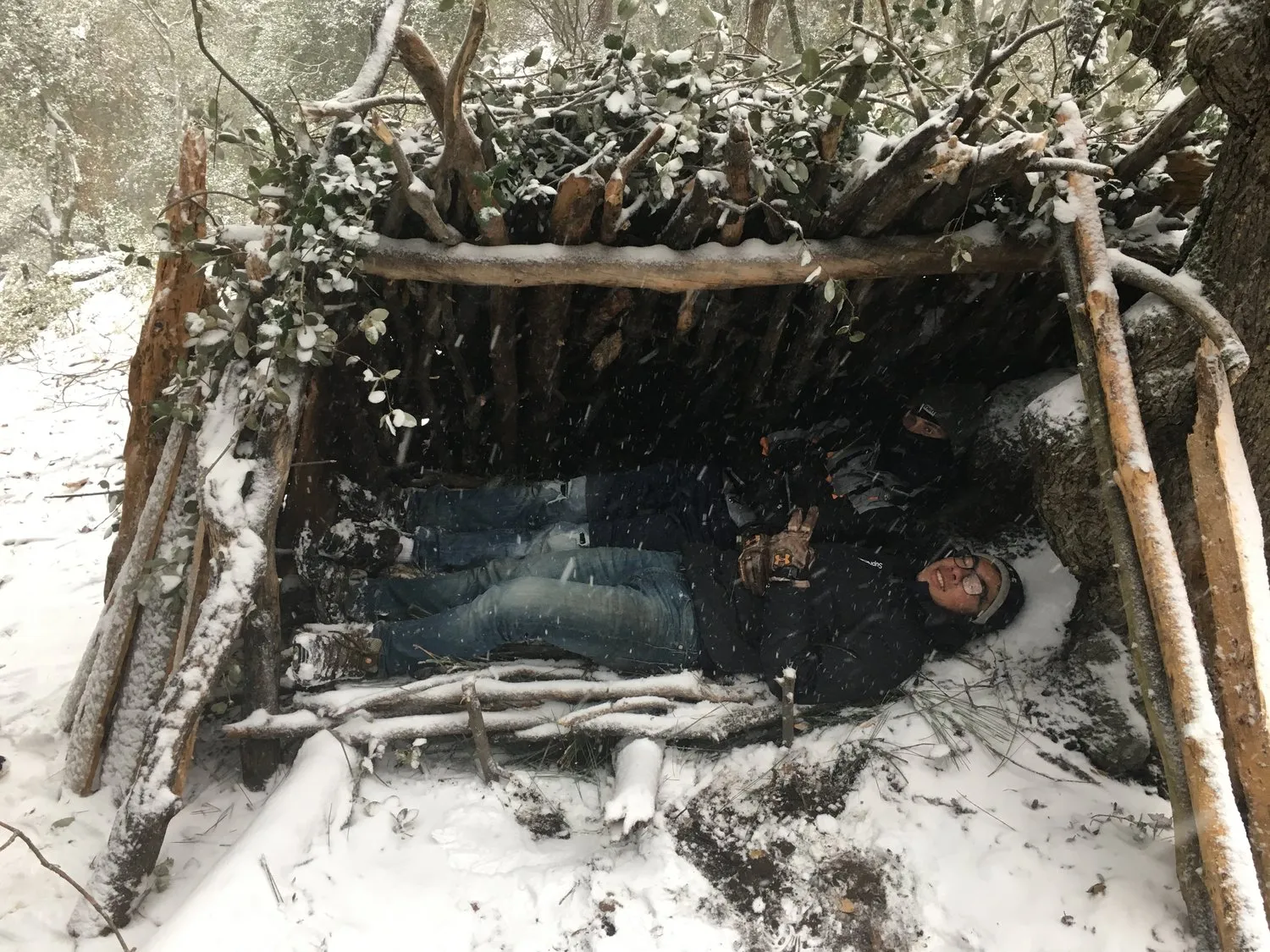Welcome, intrepid explorers and survival enthusiasts! I'm here today to delve deep into the art of wilderness survival. As a seasoned survivalist with a rich background in ancient military tactics and a profound understanding of psychology, I am excited to share my expertise with you. Whether you find yourself in a sticky survival situation or you're simply preparing for your next outdoor adventure, this guide will equip you with the essential skills and knowledge needed to thrive in the wild.
The Quintessential Wilderness Survival Guide
Embarking on a journey into the wilderness requires more than just a hefty dose of courage; it calls for a solid foundation of survival skills. Let’s break down the fundamental aspects of survival that will be your best allies when the unexpected occurs.
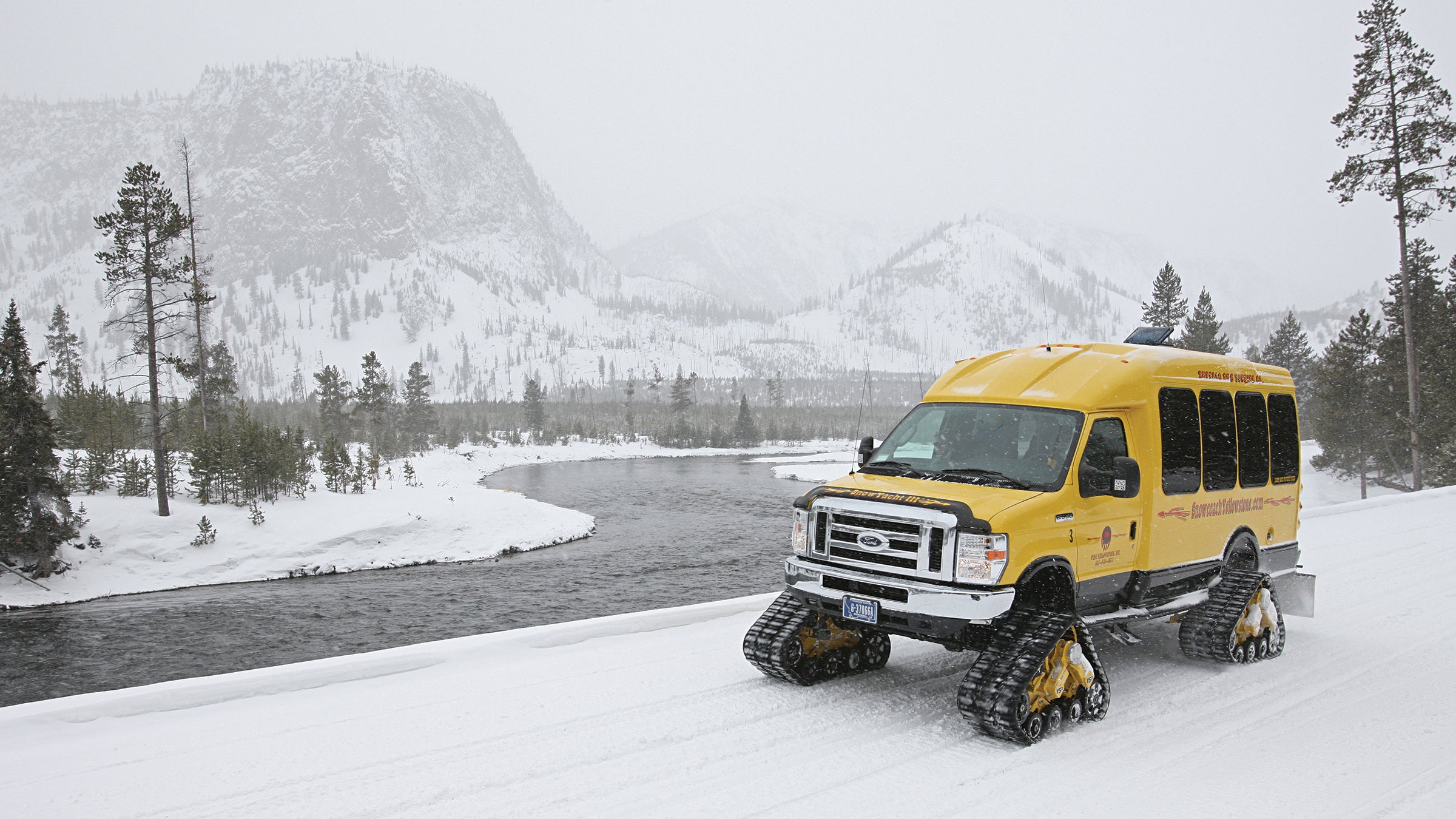
Shelter: Your First Line of Defense
Creating a natural shelter is your priority in any wilderness survival situation. A well-constructed refuge provides warmth, protection from the elements, and psychological comfort—essential for maintaining a healthy living state when faced with the unpredictability of the wilderness.
Choosing the location: Look for a spot away from natural hazards but close enough to resources like waters and firewood.
Natural materials: Utilize branches, leaves, and other natural materials to construct your shelter. Think like a boy scout and get creative!
Bushcraft techniques: Employ bushcraft skills to create shelters that can withstand the elements and provide long-term sustainability if needed.
Winter survival: Discover igloo building and snowshoeing with Wild Montana. Dive into a snowy adventure and sharpen your survival skills in the wild.
Water: The Essence of Survival
An essential skill for any survivalist is the ability to find and purify liquid. Without water, your survival in the wilderness is severely compromised.
Locating water sources: Seek out streams, rivers, or collect rainwater. In New Zealand's lush landscapes, for example, water is usually abundant.
Purification: Always purify waters by boiling or using a purification container to prevent illness.
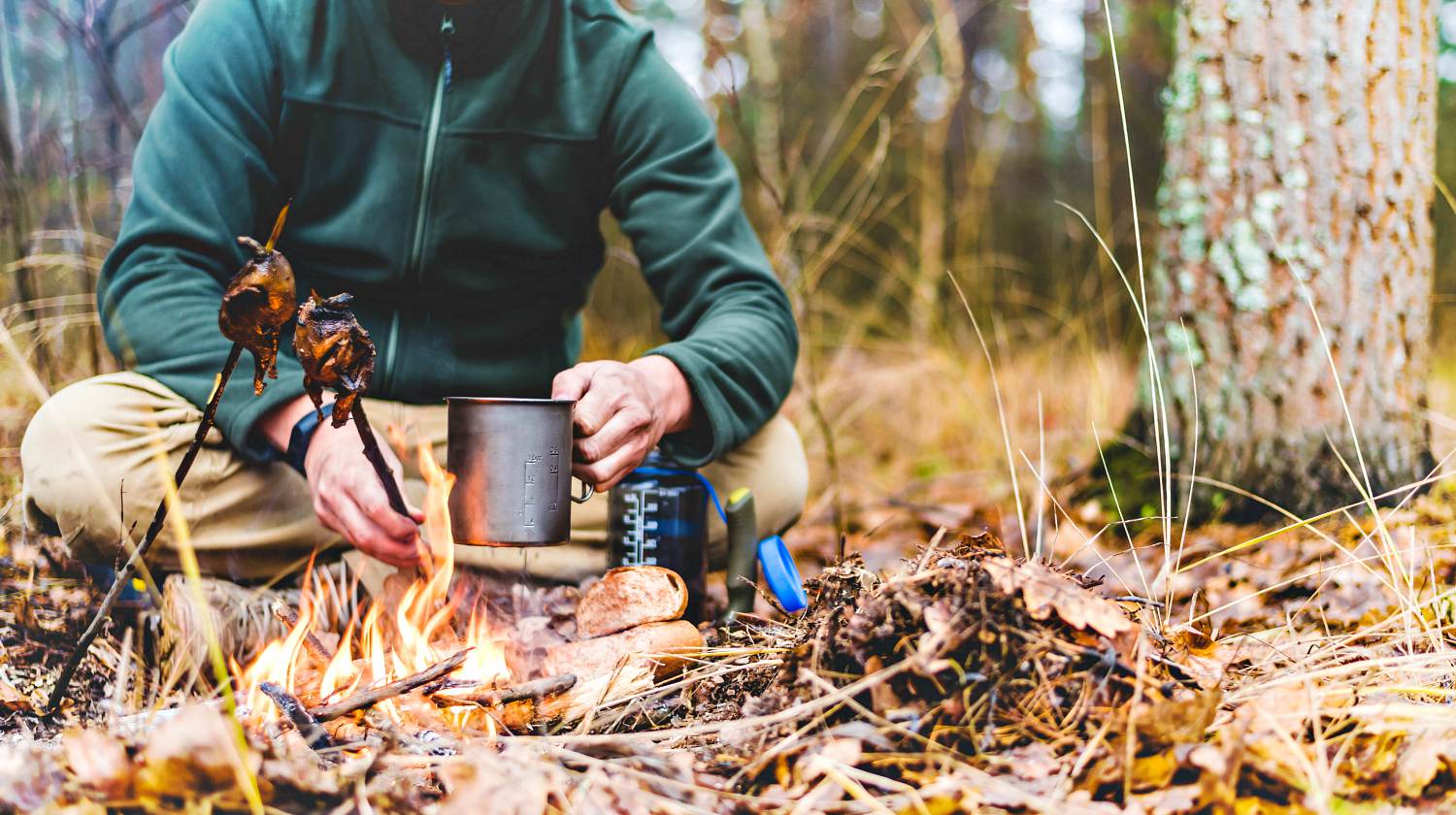
Staying Warm: Mastering the Art of Fire Making
The ability to create fire is a basic survival knowledge; it's not only for warmth but also for signaling potential rescuers and cooking food.
Tinder: Start with dry, fluffy material that can catch a spark.
Fire starter: Always carry a reliable fire starter in your wilderness survival kit.
Safety: Ensure your fire is contained and can be extinguished quickly to prevent wildfires.
Food: Foraging and Hunting with Primitive Skills
Understanding which plants are edible and how to hunt using stone tools or makeshift traps can mean the difference between starvation and sustenance.
Edible Plants in the Wild: Educate yourself on local flora; knowing which plants are safe to eat is crucial.
Hunting: If you have the necessary skills, small game can provide much-needed nutrients.
Fishing: A simple line and hook can yield a fresh meal if you’re near water.
Primitive Camping: Explore the best primitive camping areas across the US. Get expert advice on gear, techniques, and eco-friendly practices for your wilderness adventure.
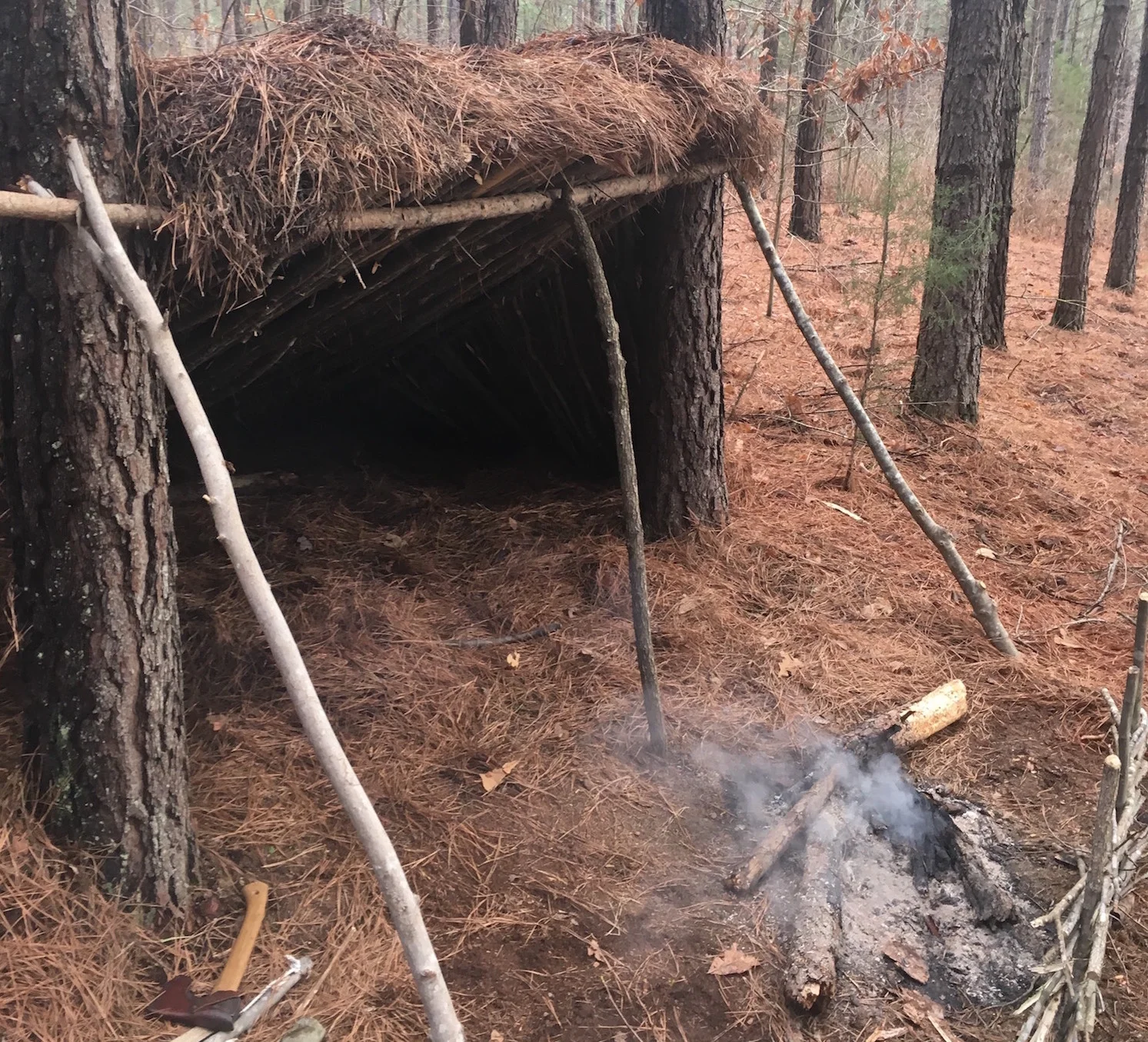
Building a Comprehensive Wilderness Survival Kit
A survival bag is the cornerstone of preparedness. Here’s what your wilderness survival pack should include:
Knife: The most versatile instrument in any survival case.
Aid kit: Include basic first aid supplies to handle minor injuries.
Water container: To collect and boil water for drinking.
Fire-making tools: Such as a lighter, flint, and steel.
Shelter materials: Tarps or space blankets can provide quick and lightweight shelter options.
Survival Techniques: Beyond the Basics
Mastering certain wild survival skills can elevate your ability to navigate outdoor survival techniques and outdoor situations confidently.
Navigation: Learn to use a compass and read topographical maps.
Signaling: Know how to signal for help using mirrors, smoke, or makeshift flags.
Rescue: Understand how to aid potential rescuers by creating noticeable signs or leaving markers.
Psychological Readiness: Cultivating a Survival Mindset
Survival is as much a psychological challenge as it is a physical one. A survivalist must be mentally prepared for the stresses of a wilderness survival scenario.
Stay calm: Keep your wits about you and don't panic.
Problem-solving: Approach each challenge with a clear and strategic mind.
Determination: Believe in your survival skills and ability to persevere.
A Deeper Connection: Embracing Ancient Wilderness Skills
Incorporating ancient skills into your survival repertoire fosters a deeper connection with nature and our ancestors. This includes:
Stone tool crafting: The bedrock of primitive technology.
Fire by friction: This ancient fire-making technique is an invaluable survival skill.
Tracking: Learn to read the land and understand the behavior of wildlife.
Essential Wilderness Survival Skills: Your Lifeline in Nature
To expand your horizons and ensure your safety in the wild, it is essential to deepen your mastery of essential wilderness survival skills. These capabilities will enhance your confidence and self-reliance, traits that are invaluable in any wilderness survival case.
Survival Gear Checklist: Preparing for Anything
Before stepping out into the wild, check your gear against this comprehensive survival gear checklist:
Navigation devices: Maps, compass, and GPS device.
Protection: Bear spray or other deterrents for wild animal safety and avoidance.
Communication devices: Satellite phone or two-way radio for emergency contact.
Survival Tool: Ensure your kit includes redundancy for critical survival gear items like fire-making equipment.
Identifying Edible Plants: A Forager's Guide
Enhancing your knowledge of local flora is pivotal for food gathering. Identifying edible greens not only provides nourishment but also helps in foraging for medicinal herbs that can aid in treating ailments in the wilderness. Be sure to check out our detailed article to learn more about edible weeds here.
Guides and manuals: Carry a regional guide for quick reference.
Local courses: Take part in foraging workshops to gain hands-on experience.
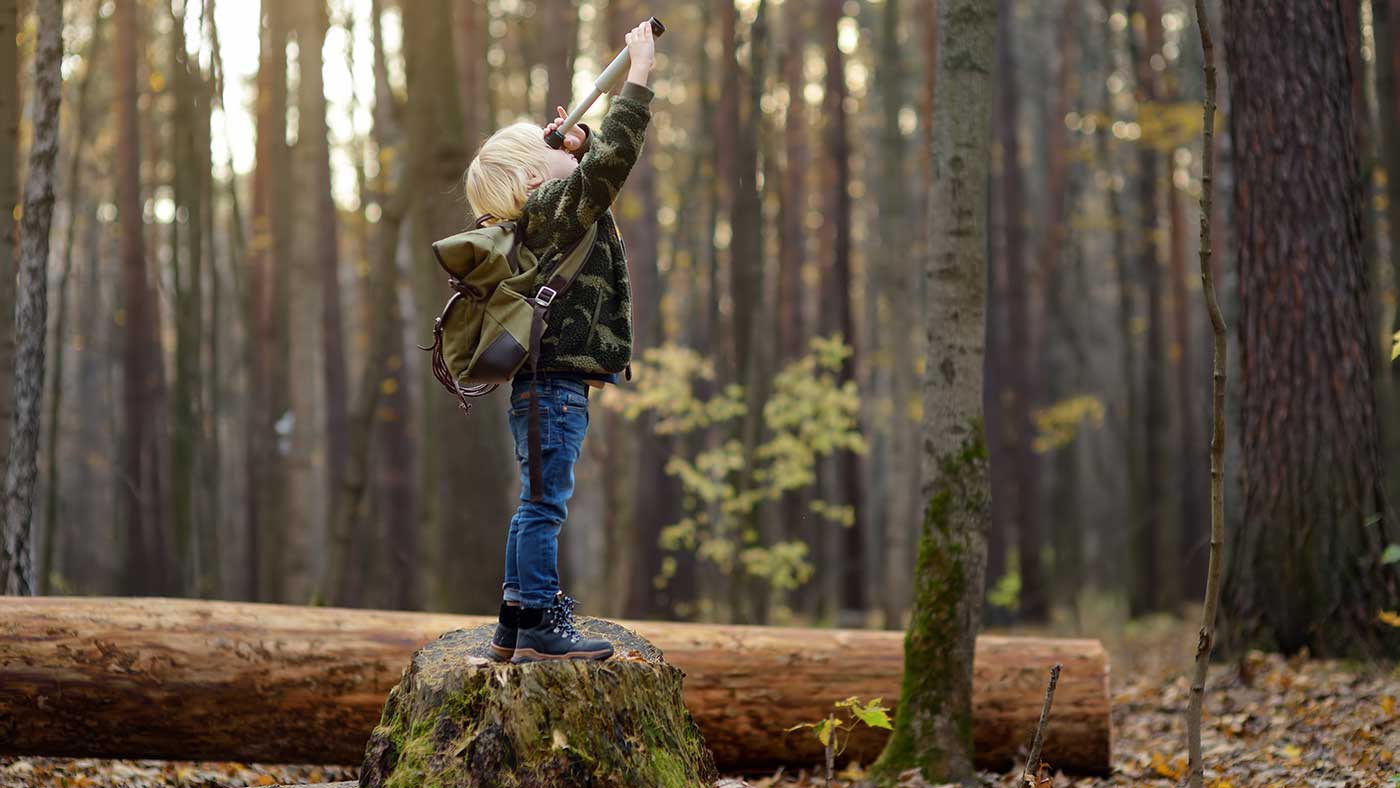
Emergency Shelter Building: A Constructive Approach
In unexpected outdoor situations, knowing how to a master shelter building in the wilderness efficiently can shield you from harsh conditions when no natural shelter is available. Utilize available resources alongside your knife, ensuring your it is sturdy, insulated, and properly ventilated.
Lean-to and debris hut: These are two of the quickest and most reliable forms of emergency shelter you can build with minimal tools.
Wilderness First Aid Basics: Staying Healthy Outdoors
Knowledge of wilderness first aid basic survival skills is crucial in preventing a minor injury from becoming a severe problem. Educate yourself on how to treat common injuries and recognize symptoms of critical conditions like hypothermia, which requires immediate prevention and treatment to ensure survival.
CPR: Cardiopulmonary resuscitation is a life-saving technique every survivalist should know.
Splinting: Learn to stabilize fractures and sprains using available materials.
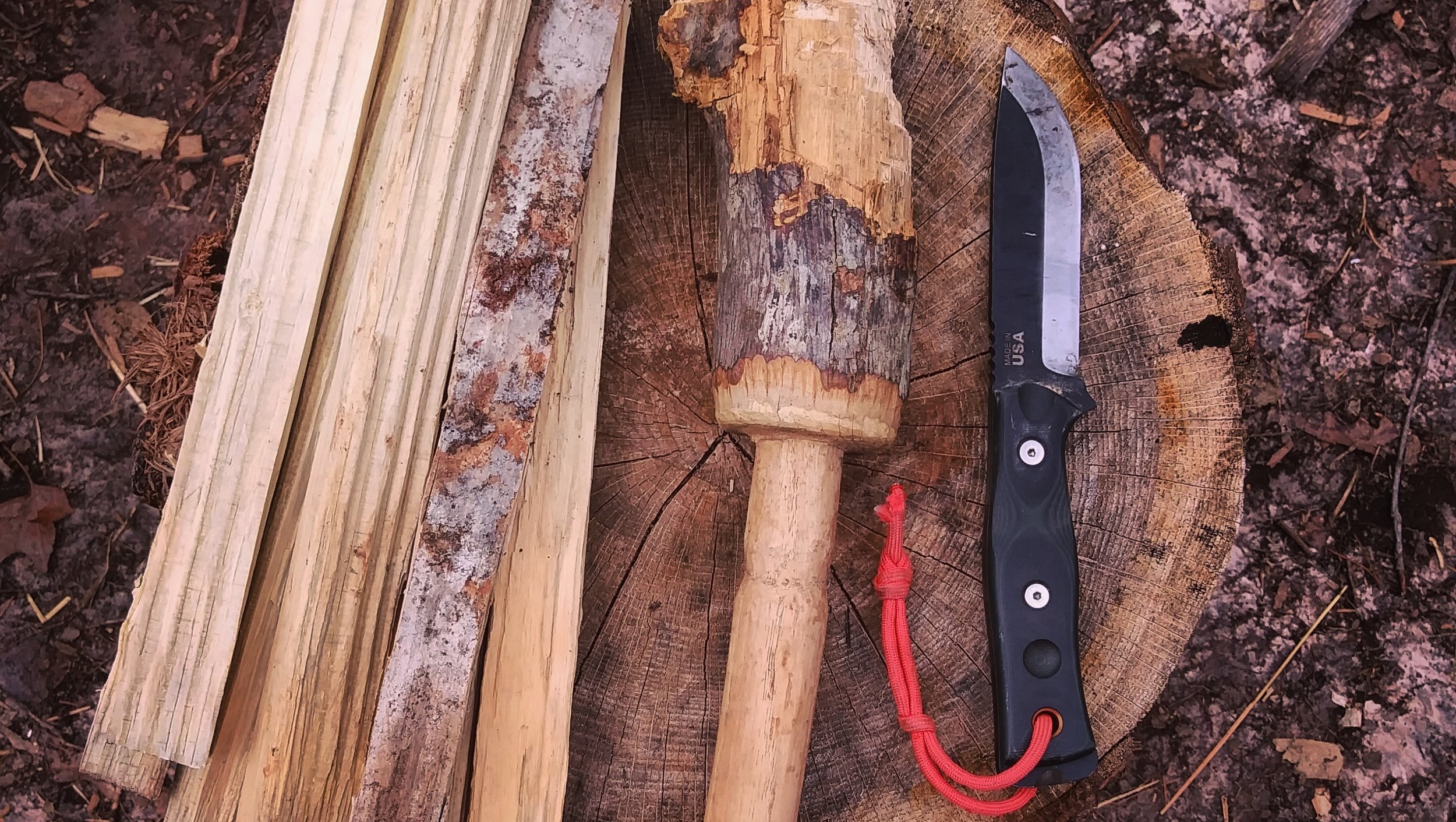
Navigating Without a Compass: Using Natural Cues
When technology fails, the ancient skill of navigating without a compass becomes your best ally. Observe the position of the sun, movement of stars, and the growth patterns of moss to find your bearing.
Landmarks: Use prominent features in the environment to guide your way.
Shadow stick method: Utilize a stick and the sun’s movement to establish direction.
Water Purification Methods: Ensuring Safe Hydration
In wilderness survival, water is life. Knowing various water purification methods ensures you never go thirsty and avoid waterborne illnesses.
Boiling: A foolproof method to kill pathogens.
Chemical treatment: Iodine or chlorine tablets are effective in an emergency situation.
Wild Animal Safety and Avoidance: Coexisting with Fauna
Understanding wild animal behavior is critical and is a crucial survival tip. Always be aware of your surroundings, making noise while hiking to alert animals to your presence and avoid surprising them.
Bear encounters: Stay calm, make yourself look larger, and slowly back away.
Snake bites: Know how to minimize the risk and treat bites.

Creating Fire Without Matches: Igniting Hope
Knowing fire starting methods and creating fire without matches is a quintessential wilderness survival skill, whether it's through a bow drill or a magnifying lens. Make sure you have a knife to cut wood into pieces.
Bow drill method: Master this technique to create fire through friction.
Optics: On sunny days, a lens can concentrate sunlight to ignite tinder.
Weather Patterns and Survival: Reading Nature's Signals
Understanding weather patterns can help you predict changes in the environment, allowing you to seek shelter before conditions worsen.
Cloud formations: Different types indicate impending weather.
Atmospheric pressure: A sudden drop can signal an approaching storm.
Survival Signaling Techniques: Communicating for Rescue
If you find yourself lost or in distress, effective survival signaling techniques can alert rescuers to your location.
Whistles and mirrors: These can be heard or seen from a great distance.
Ground-to-air signals: Use rocks or logs to create visible signs for aircraft.

Nutritional Needs in Survival: Fueling the Body
A balanced approach to nutrition in a survival scenario can maintain your strength and focus. Prioritize protein and fat intake and understand how to secure these nutrients in the wild.
Fishing and trapping: These can provide vital proteins and fats.
Plant-based nutrients: Know which plants are rich in vitamins and minerals.
Hypothermia Prevention and Treatment: Staying Warm
In cold environments, hypothermia is a serious threat. Effective prevention and treatment are essential to survival.
Layered clothing: Trap body heat using layers that can be adjusted as the temperature changes.
Fire and shelters: Both are critical in maintaining body temperature.
Foraging for Medicinal Herbs: Nature's Pharmacy
The wilderness is full of plants with medicinal properties. Whether you're treating minor wounds or ailments, knowing what to look for could be a game-changer.
Antiseptics and anti-inflammatories: Plants like sage and willow can be used for these purposes.
Digestives: Identify plants that can help with digestion or upset stomachs.
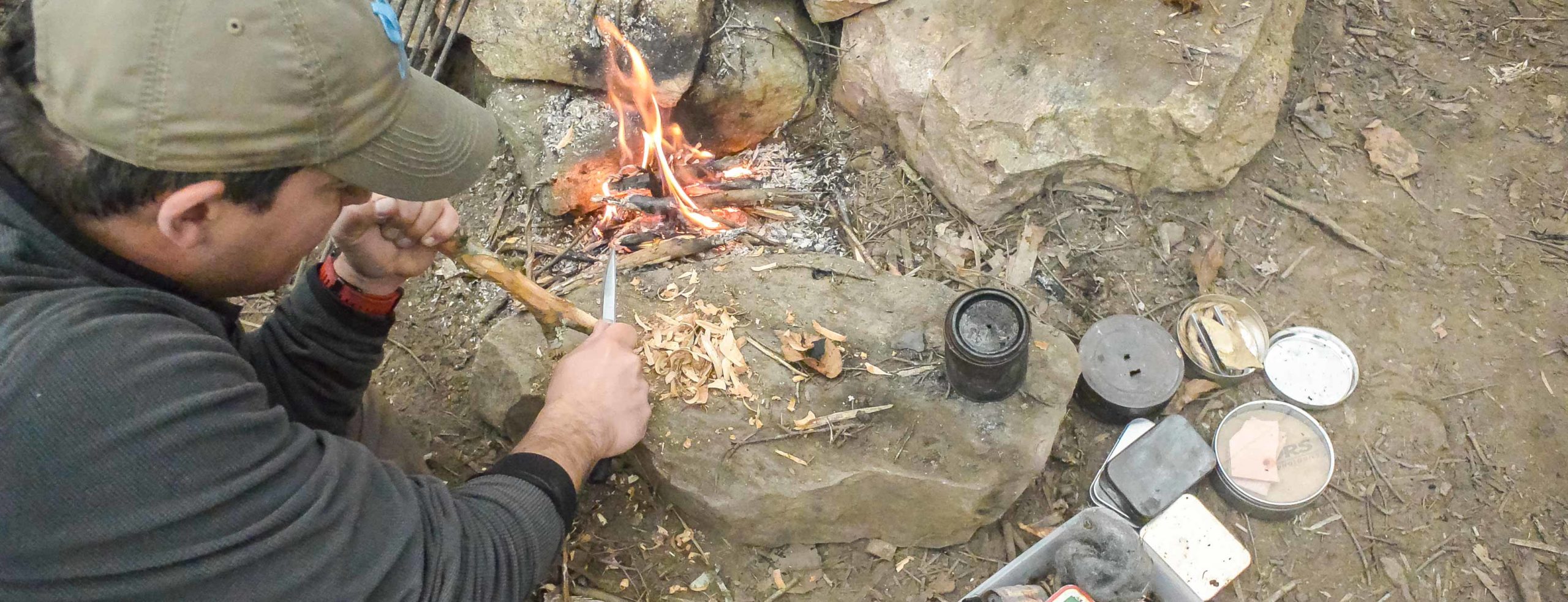
Wilderness Survival Psychology
Your mental state can often determine the outcome of a survival case. Develop a resilient mindset and learn stress management techniques to enhance your psychological preparedness.
Positive mental attitude: Believe in your abilities and remain hopeful.
Stress reduction: Practice mindful breathing or meditation to stay calm.
Key Takeaways for the Avid Survivalist
To thrive in the wilderness, remember these final survival tips:
Keep learning: Always refine your wilderness skills and stay updated on new techniques.
Practice regularly: The more you practice, the more instinctive these primitive skills become.
Stay equipped: Keep your survival tools maintained and ready for action.
Remember, wilderness survival is not only about enduring but also about embracing the natural world, respecting its power, and learning to coexist within it. With these skills and knowledge, you'll be well-prepared for any adventure that comes your way. Stay safe, and embrace the call of the wild!
